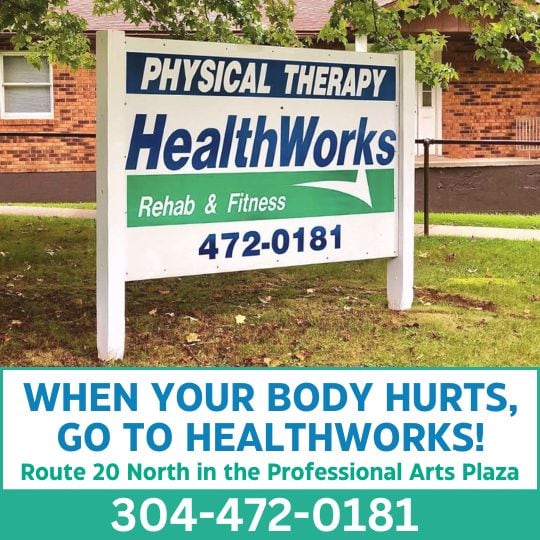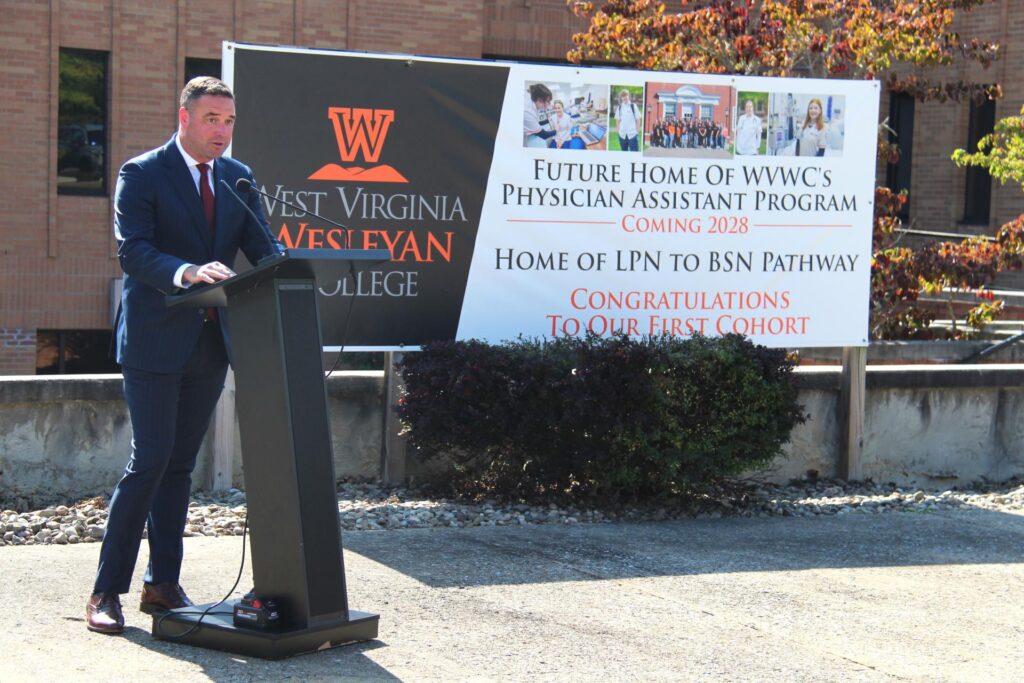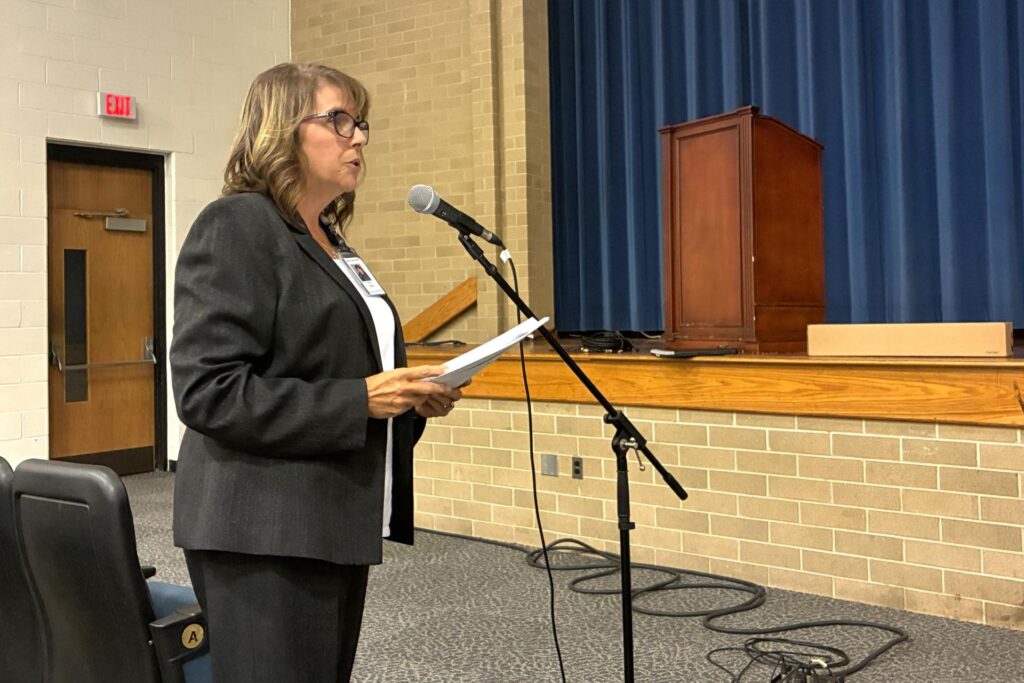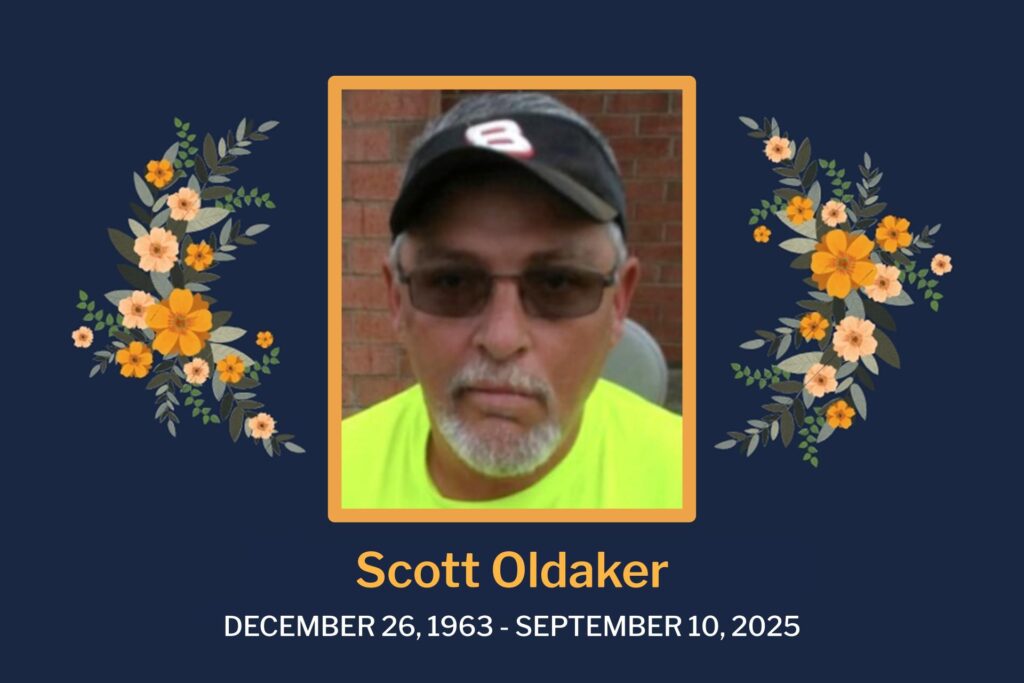Heart disease affects millions of Americans, including more than seven percent of West Virginians. The most common type of heart valve disease, aortic stenosis, can be life-threatening if it becomes advanced. However, early detection and recent treatment developments, including several novel procedures developed by experts at the WVU Heart and Vascular Institute, are improving patient outcomes.
A national leader in groundbreaking, innovative therapies and approaches to patient care, the WVU Heart and Vascular Institute provides expert care from a multidisciplinary team in the areas of advanced heart failure, cardiac surgery, cardio-oncology, electrophysiology, heart transplantation, interventional cardiology, non-invasive cardiology, pediatric cardiology, structural heart diseases, thoracic surgery, and vascular surgery. The WVU Robotic Cardiac Surgery Program is recognized as a global leader in advanced robotic techniques, including developing the world’s first robotic aortic valve replacement (RAVR) procedure.
The aortic valve controls the blood supply flowing out of the heart and is essential for maintaining proper blood circulation throughout the body. When the aortic valve becomes too narrow, the resulting condition is aortic stenosis. If left untreated, the disease could lead to heart failure or even death.
While non-invasive treatment options may be viable for early disease, more advanced disease requires surgery. Improvements in heart valve surgery, including the use of robotics, provide options that are much less invasive than traditional open-heart surgery, resulting in better patient outcomes.
“Robotic aortic valve replacement has really revolutionized how we take care of these patients,” Ramesh Daggubati, M.D., WVU Heart and Vascular Institute chief of Interventional Cardiology Services and vice-chair of the Department of Cardiology, said. “I think the most important part is the new options that are available. Not every patient has to have open heart surgery.”
Dr. Daggubati talks about several advances in the treatment of aortic stenosis, including two world-first procedures performed at the WVU Heart and Vascular Institute – RAVR and a robotic transcatheter aortic valve replacement explant and aortic valve replacement, in Aortic Stenosis: Life Renewing Treatments, a recent episode of the Live Healthy WV podcast. He also covers common symptoms, diagnosis, risk factors, and prevention of aortic stenosis and discusses the expertise of the WVU Medicine heart and vascular team.
For more information about the WVU Heart and Vascular Institute, visit WVUMedicine.org/Heart.














